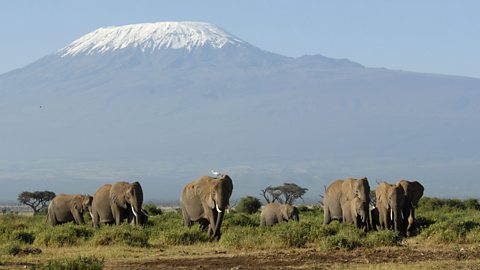Case study - long-haul travel - Kenya
Long-haul holidays are destinations beyond Europe, usually with a flight time of four hours or more.
Case study: Kenya
low income country (LIC)Based on the World Bank's income classifications, a LIC has a gross national income (GNI per capita) of $1,045 or lower. (LICs) and middle income country (MIC)A country (as classified by the World Bank) having a gross national income per capita of US$1,026 to $12,475, eg Botswana. (MICs) are keen to attract tourists to promote development. Kenya was one of the first LICs to develop its tourist industry. It is English speaking and this helped the launch of tourism.

Attractions
Kenya has a hot climate and is located on the coast. Its safari parks, coral reefs and sandy beaches make it a very popular destination for tourists.
Benefits of tourism
- Improved living standards for locals, with more schools and hospitals.
- Foreign exchange allows purchase of imported goods.
- Infrastructure improved.
- Safari parks protect animals from poachers and can stop extinction of species.
- Local tribes are able to make money, eg Maasai by selling handicrafts.
Disadvantages of tourism
- Jobs are low paid and temporary.
- Foreign multinational companies own 80% of the hotels and travel companies. Most of the profits go back to richer countries.
- Nomadic tribes are forced to settle. Traditional ways may be lost in order to make a living.
- Game park buses cause soil erosion and alter the wild animals' behaviour.
- Hotels use a lot of water, which is a precious resource.
Sustainable tourism
Tourism has already reached a point of decline. Controversial presidential elections in 2007 followed by terrorist attacks in 2013 and 2014 caused a massive decline in visitors. Political instability, violent crime, harassment of tourists, over-commercialism of safari parks and environmental degradation have discouraged many tourists from visiting the country.
The Kenyan government is now acting to try to halt the decline by:
- limiting the number of visitors to marine and game parks
- promoting sustainable tourism where visitors are in small groups
- using local people as guides
- limiting the height of coastal developments
- educating tourists to observe local customs